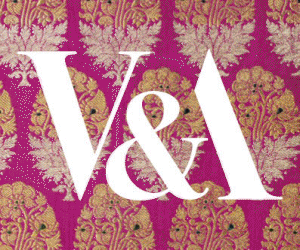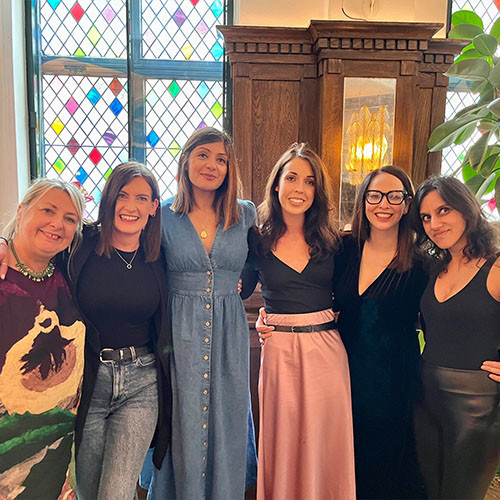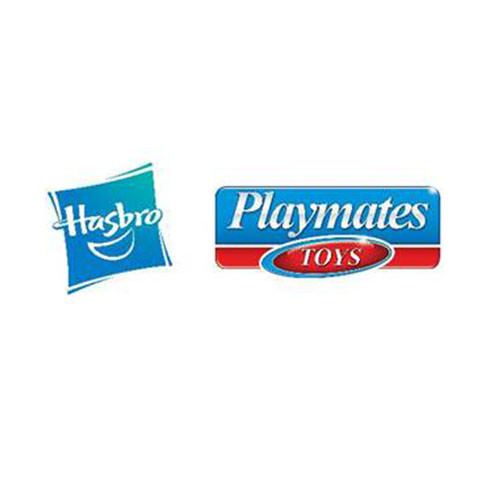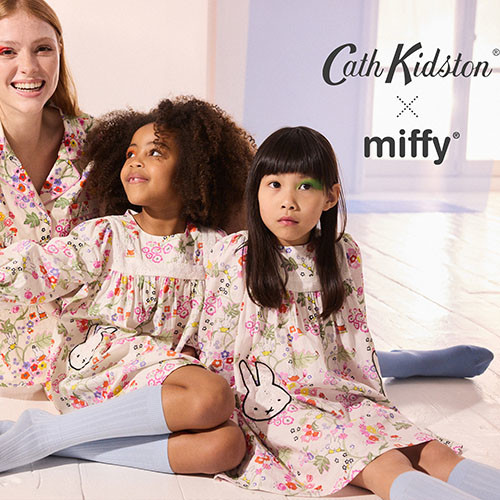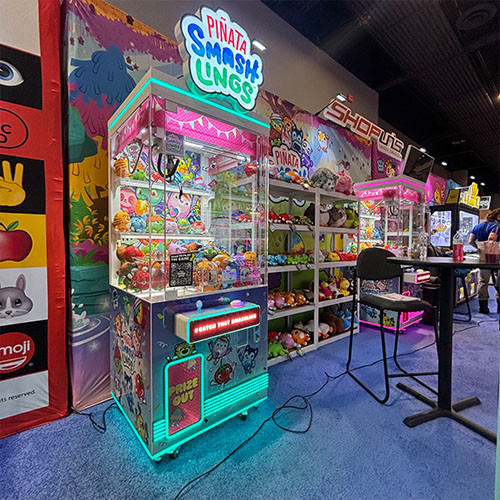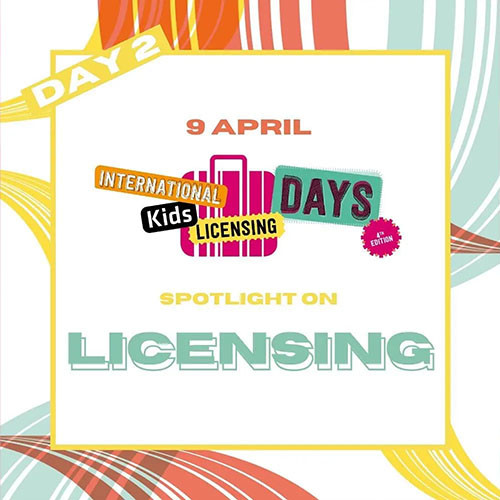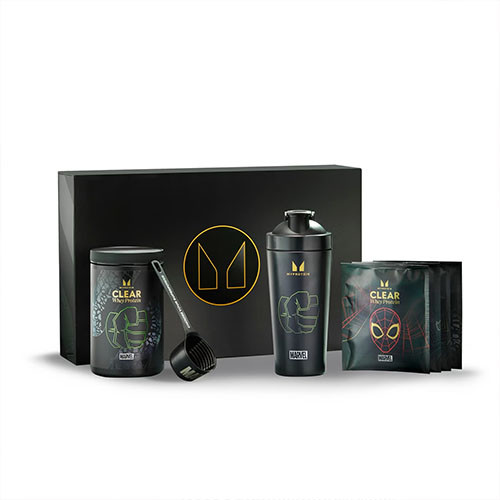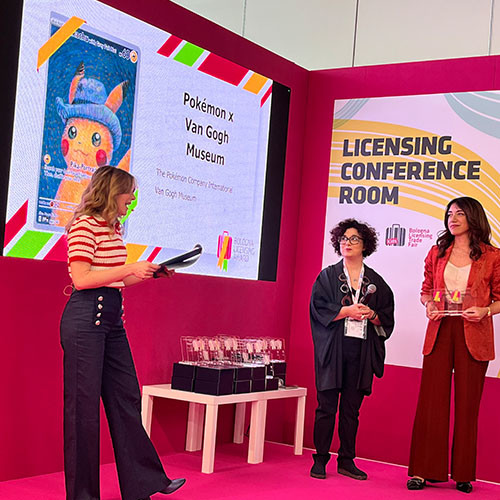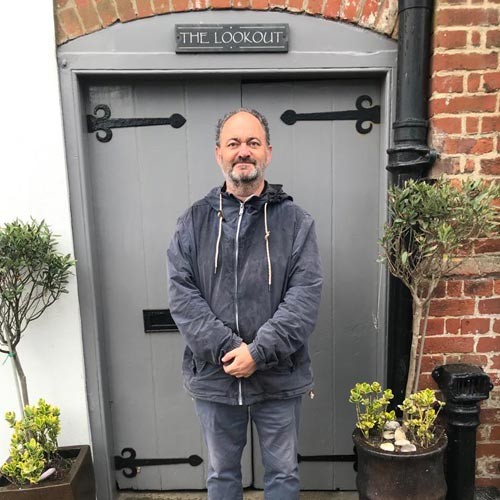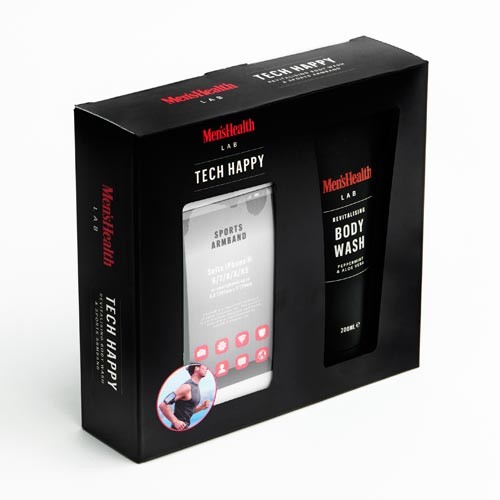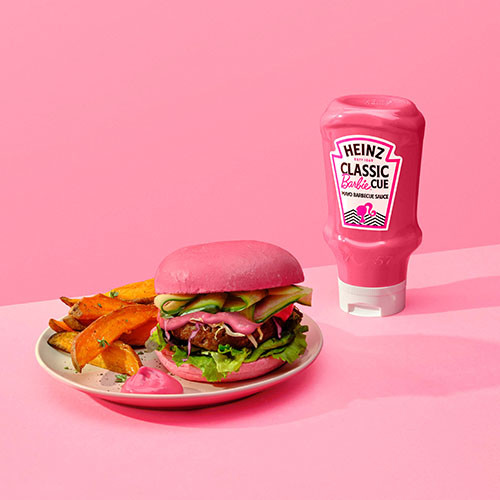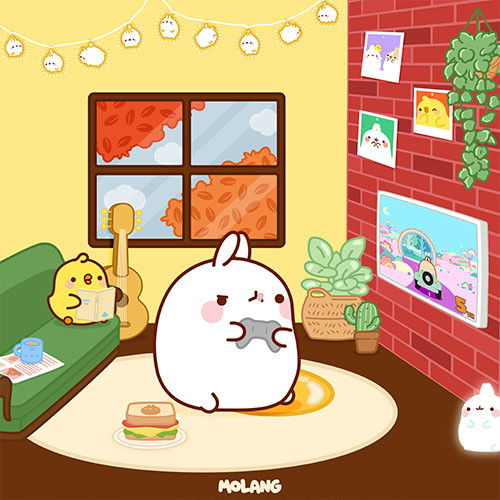ARTiSTORY md, Yizan He, on why museums and cultural organisations have the best assets to drive the growth of their licensing programmes.
Museums and cultural organisations are not the typical trendsetters one would expect in the era of digital marketing.
Besides, IP licensing is also a relatively new frontier for most museums and cultural organisations. A few years ago, with only a few exceptions, such as V&A and Smithsonian, few museums had any licensing programmes in the market.
The situation is now very different.
Many of the world’s top museums, such as the British Museum, the National Gallery (UK), the MET and the Louvre are now rolling out successful licensing programmes in various key markets across the globe. Furthermore, many have adopted impressive storytelling and digital marketing initiatives as part of their effort to engage the global audience with staggering success including Amsterdam’s Van Gogh Museum and Boston’s Museum of Fine Arts.
What happened? What has triggered such a dynamic change?
New perspectives for museums.
Unlike entertainment, fashion or corporate brand licensing that rely heavily on the popularity of their characters or the awareness of their logos, the success of an art and cultural IP licensing programme can’t simply depend on well-known artifact or masterpieces.
For example, Mona Lisa was featured in the Louvre licensing programme with both Italian high street fashion label OFF-WHITE and global fast-fashion powerhouse Uniqlo in the 2021 spring/summer release. But Louvre’s licensing programmes must go beyond the selected artefacts that enjoy worldwide reputation and awareness.
Storytelling and digital marketing are essential for museums to expand their licensing programmes to include lesser-known artefacts.
The licensing programme between the British Museum and a Chinese beauty brand Perfect Diary highlights the value of storytelling and digital marketing in art and cultural IP licensing. Perfect Diary is a direct to consumer brand, and its core audience is Gen-Z shoppers. The collaboration started with the careful selection of a 16th-century Mallorca plate from the British Museum collection. Lustred in orange, brown and red, the plate is tin-glazed with Cupid in the centre and a pattern of foliage, fruit and lustred diamonds on the rim.
From this lesser-known but beautiful Mallorca plate as the design inspiration, two 16-colour eyeshadow palettes were introduced to the market. Since the artifact itself is relatively unknown, storytelling is essential to unlocking the details of this artefact, which itself becomes the ingredients of a successful digital marketing campaign that promoted the licensed products nationwide.
Both social media postings and live streaming sessions with KOLs have been deployed to highlight the artefact as the source of design inspiration, and the results are stunning. The related hashtag had achieved 16.52 million views in a week on Weibo (China’s top social media channel) and hundreds of viewers during the live streaming sessions during the first week of launch.
During the Double 11 Shopping Festival (one of the largest sales campaigns hosted by TMall, China’s Amazon) Perfect Diary became one of the top selling brands with revenues reaching over US$15 million in 90 minutes, while the British Museum gained extensive media coverage across commercial channels, plus many new fans and followers in China during the same period.
The success of this licensing programme demonstrated the value of storytelling and digital marketing of a museum licensing programme. On the other hand, the storytelling fulfils the institution’s core mission to engage and educate the public. Consumers are inspired to learn the design inspiration and also the British Museum.
In a modern world with an abundance of products and brands, what consumers genuinely are looking for is no longer simply a product itself but a unique experience. The storytelling and digital marketing exactly trigger the transformation of buying a product into a unique shopping experience.
Art and culture transcend ages, gender and borders. Blessed with millions of artefacts in their collections, museums and cultural organisations indeed have the best asset to drive the further growth of the licensing programme on a global scale.
New and versatile formats of digital marketing are often emerging. Museums and cultural organisations have tapped into short videos and social media programs on TikTok. Yizan will continue to discuss storytelling and digital marketing in his next article on LicensingSource.net.
Yizan He is founder and md of ARTiSTORY. He will be sharing his thoughts from the art and cultural IP sector in a further two pieces due to run on LicensingSource.net in the coming months.








